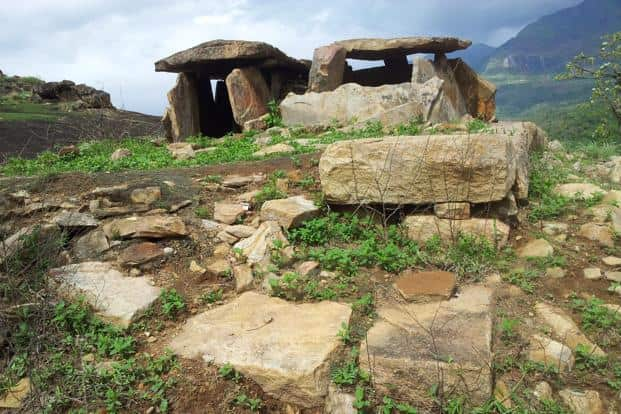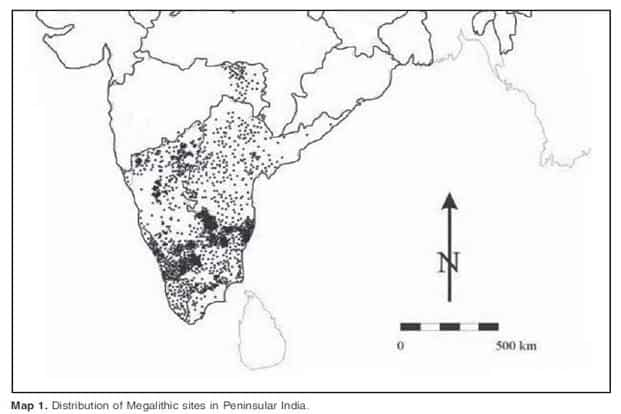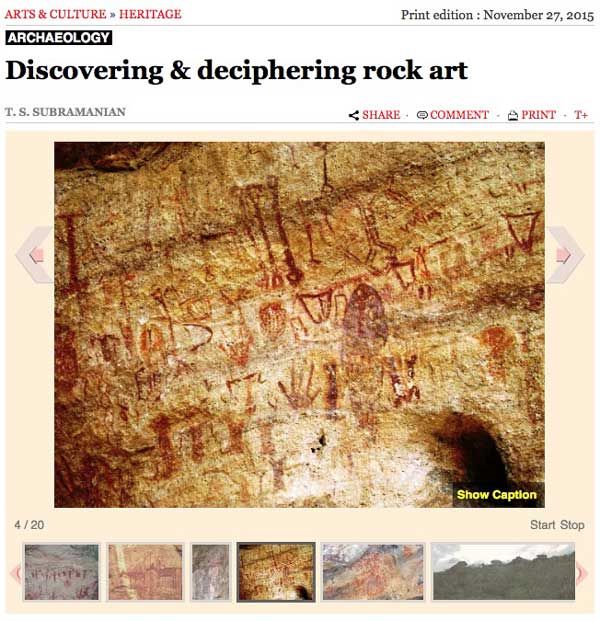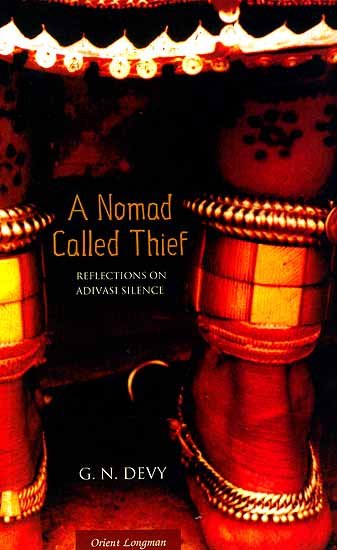
Rock art >>
Massive stone structures dotted across the subcontinent provide a fascinating glimpse into India’s prehistoric past
[…] Megaliths are spread across the Indian subcontinent, though the bulk of them are found in peninsular India, concentrated in the states of Maharashtra (mainly in Vidarbha), Karnataka, Tamil Nadu, Kerala, Andhra Pradesh and Telangana.
According to archaeologists R.K. Mohanty and V. Selvakumar, around 2,200 megalithic sites can be found in peninsular India itself, most of them unexcavated. Even today, a living megalithic culture endures among some tribes such as the Gonds of central India and the Khasis of Meghalaya. […]
Regimes have changed hundreds of times since they were built, but the dolmens have stood their ground on this terrain unceasingly for more than 3,000 years. As the term Muthukaadu in Sangam literature signifies, our burial-worshipping ancestors were quite aware that though people die and society is destroyed, only their burials will endure as stony sentinels, observers to the ravages of time and the vagaries of history.
Rajat Ubhaykar is a Mumbai-based journalist and an ardent history buff.

Source: “Exploring India’s megalithic culture, a riddle set in stone” by Rajat Ubhaykar (Livemint, 3 July 2016)
URL: https://www.livemint.com/Sundayapp/ah8MlN3mwHQjIpmBZBhcXJ/Exploring-Indias-megalithic-culture-a-riddle-set-in-stone.html
Date visited: 2 March 2021
If the discovery [of 19 pictographs from a cave in Hampi] stands the scrutiny of experts in the field, it would mean that the Gonds living in central and southern India could have migrated from the Indus Valley civilisation. – S. Harpal Singh in “Gonds may have migrated from Indus Valley” (The Hindu, Telangana, 16 December 2014)
Source: S. Harpal Singh in “Gonds may have migrated from Indus Valley” (The Hindu, Telangana, 16 December 2014)
URL: https://www.thehindu.com/news/national/telangana/gonds-may-have-migrated-from-indus-valley/article6698419.ece
Date visited: 2 March 2021
The Keeladi excavations may alter the world’s ideas about the earliest Indians. But progress hasn’t been smooth for one of the country’s most sensational archaeological projects. […]
Urban settlements are typically considered to be markers of how advanced a society is. The dominant view is that diverse technological innovations were necessary for the existence of settled communities. Until Keeladi was discovered, archaeologists by and large believed that the Gangetic plains in the north urbanised significantly earlier than Tamil Nadu.
Historians have often claimed that large-scale town life in India first developed in the Greater Magadha region of the Gangetic basin. This was during the ‘second urbanisation’ phase, believed to have begun around the mid-first millennium BCE. [3] (The ‘first urbanisation phase’ refers to the rise of the Harappan or Indus Valley Civilisation, lasting from 2600 BCE to 1900 BCE.) […]
An even larger question loomed. Based on linguistics [4] and continuity in cultural legacies, connections between the Indus Valley Civilisation, or IVC, and old Tamil traditions have long been suggested, but concrete archaeological evidence remained absent.
Evidence indicated similarities between graffiti found in Keeladi and symbols associated with the IVC. It bolstered the arguments of dissidents from the dominant North Indian imagination, who have argued for years that their ancestors existed contemporaneously with the IVC. […]
1500 km and 1300 years separate the IVC [Indus Valley Civilisation] and Keeladi. The gap may not lead to too many direct and immediately recognisable similarities. But the fact that we have found graffiti that looks very similar to Harappan script in the Keeladi excavations [Tamil Nadu] is extremely important, especially since this is not the first time that graffiti similar to Harappan scripts have been found in South India and even Sri Lanka. […]
Source: Tony Joseph, author of Early Indians quoted in “The Dig” by Sowmiya Ashok (Fiftytwo.in, 2 April 2021)
URL: https://fiftytwo.in/story/the-dig/
Date visited: 2 May 2021
[Bold typeface added above for emphasis]
Learn more about the Gond community >>

Learn more about rock art practiced by India’s tribal communities >>
“India has about 5,000 rock art sites, next only to Australia and South Africa, where prehistoric people have recorded life as they saw it, in paintings, engravings and carvings. Finding and decoding this artistic perception of reality is a challenge for rock art hunters.” – Discovering & deciphering rock art (Frontline Magazine, 27 November 2015) >>

Reflections on Adivasi Silence and Voice by Ganesh [G.N.] Devy | Publications >>
Learn more
Anthropology | Irish Journal of Anthropology | Folio Special issue
Colonial policies | History | Indus Valley | Mohenjo Daro
eBooks, eJournals & reports | eLearning
eBook | Background guide for education
Ekalavya (Eklavya)
Forest Rights Act (FRA) | Hunter-gatherers | Nishad (Nishada, Sanskrit Niṣāda, “tribal, hunter, mountaineer, degraded person outcast”) | Vanavasi (Vanvasi, Vanyajati)
India’s Constitutional obligation to respect their cultural traditions
Jawaharlal Nehru’s “five principles” for the policy to be pursued vis-a-vis the tribals
Particularly vulnerable tribal group (PVTG)
Rabindranath Tagore: a universal voice – Unesco
Remembering Birsa Munda: The charismatic tribal leader who shook the British Empire – Jharkhand
Scheduled Tribes | Classifications in different states
Video | Adivasi Academy & Museum of Adivasi Voice at Tejgadh – Gujarat
Video | Tribes in Transition-III: “Indigenous Cultures in the Digital Era”
What is the Forest Rights Act about?
Who is a forest dweller under this law, and who gets rights?